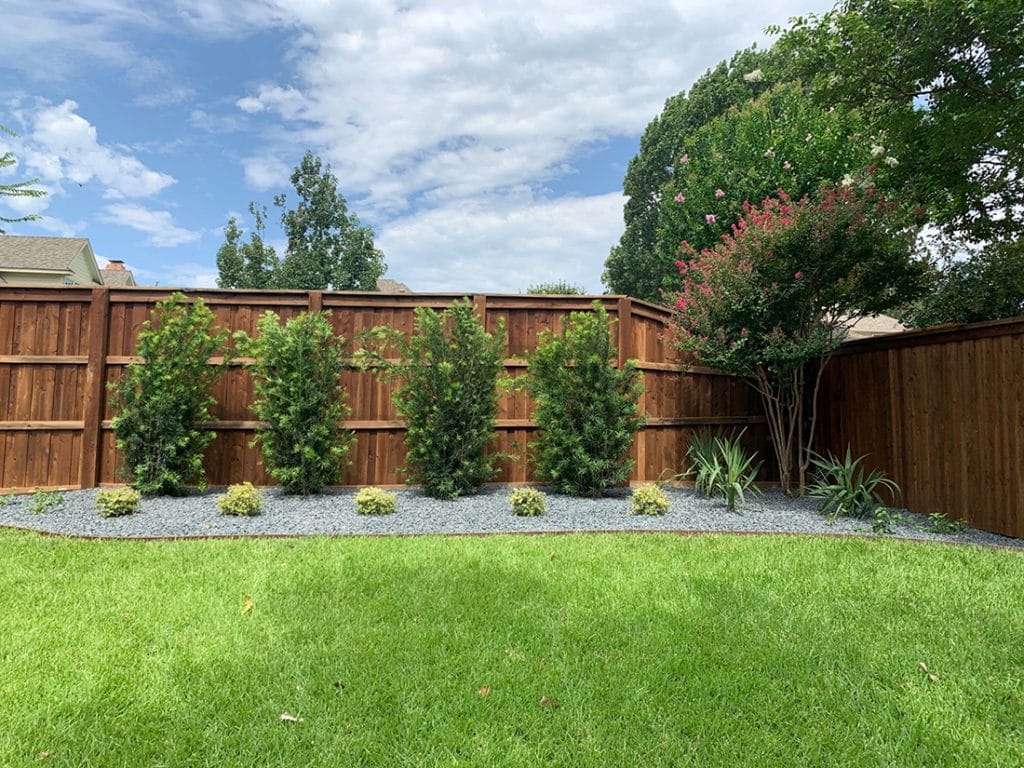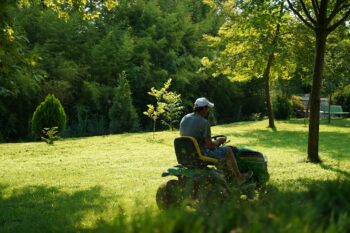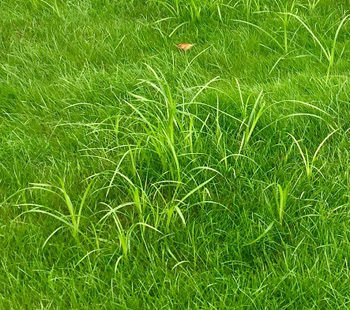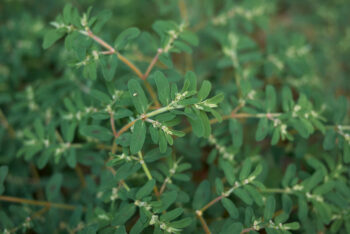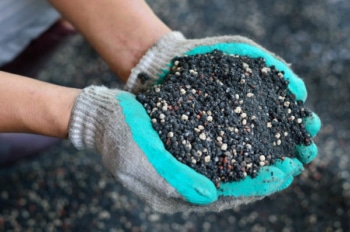 Healthy plants often need additional nutrient help to thrive in a natural environment. Shrubs in your yard or garden may benefit from regular fertilization.
Healthy plants often need additional nutrient help to thrive in a natural environment. Shrubs in your yard or garden may benefit from regular fertilization.
Plants need many different nutrients. Some are available in the soil they grow in or in the air around them. Some of the main nutrients needed are nitrogen, phosphorus, and potassium.
Your shrubs also need zinc, copper, calcium and other micronutrients. They get hydrogen, carbon, and oxygen from the air and soil.
The Importance of Fertilizers
Fertilizer is used to improve the appearance and condition of plants. Increased vigor in plants may help make the plant more resistant to attack from disease, frost, and insects.
Plants grown outdoors are often growing under stress from weather and environmental conditions. This should be taken into consideration when fertilizing. Weather, sun exposure, drainage, wind conditions, aeration of the soil, and fertility all affect plant growth.
These factors can influence the presence or absence of important nutrients. In a moment, we will discuss how you can tell what your shrubs and topsoil need and what they have plenty of already. This information tells you what type and blend of fertilizer will be best to use.
What’s in a Fertilizer?
Most fertilizers are a mix of nitrogen, phosphorus, and potassium and percentages are represented by numbers on the packaging. For instance, a 10-10-10 blend is 10% of each per weight.
Nitrogen is most used by plants and is essential to healthy plant growth. Phosphorus promotes photosynthesis and healthy root development. Potassium assists in water retention and disease resistance.
Visit our Lawn Fertilization service page to learn more about how Ryno Lawn Care can help keep your grass and shrubs thriving.
Applying Fertilizer
Before applying fertilizer of any kind, the soil’s pH level should be tested. A level of 6.0-7.0 is optimal. PH levels that are too low or too high cna make the fertilizer ineffective or even toxic.
You should fertilize your shrubs in early spring or in autumn after the active growing season is over. One application a year is usually sufficient unless the soil is sandy or there has been excessive rain.
Application depends on the type of fertilizer used. A water soluble or fast-acting fertilizer is dissolved in water and applied wet to the soils around the plant. It floods the area quickly and could be a good treatment for a suffering plant.
The downside is that liquid fertilizer may not provide enough long-term nutrition for the plant. It is often a cheaper option than slow-release fertilizers. Our friends at Texas A&M have additional education about properly fertilizing “woody ornamentals” such as shrubs and small trees.
Granules, or slow-release fertilizers provide ongoing nutrition because they release slowly over time. They should be placed in a wide circle around the plant and slightly worked into the soil.
This blend will lightly fertilize the plants every time it rains or they are watered. The slow-release formulation makes the chemicals less likely to cause damage when used in extreme heat.
Looking for additional assistance in caring for your shrubs and trees? Our Tree and Shrub Trimming service is exactly what you need!
Natural Fertilizers
Compost or manure are natural options for fertilization of your shrubs. They will provide elements needed at a slower rate and also may help provide micronutrients needed such as iron and zinc.
They can be added at any time and help continuously improve the condition of the soil. They may need to be added more frequently to adequately feed the plants, however.
You should determine the cause of your plant’s poor development before beginning any type of fertilization treatment. Make sure the plant’s placement, sun, and water levels are appropriate. These can cause issues with your plant that fertilizing will not help.
As the weather cools, you may be looking for helpful tips on how to care for your lawn and landscaping through the winter. Check out How to Recover Your Trees and Shrubs from Recent Winter Freeze to get yourself prepared for those cold snaps.
Do not fertilize a plant that is showing signs of drought stress, like scorched or drooping branches. Also, do not fertilize during a period of drought unless the plant is well-watered. Doing so cause root, stem, and leaf damage if water isn’t readily available to the plant.
Overall, proper fertilizing can help improve the look and health of your shrubs and protect the investment and beauty they provide.

